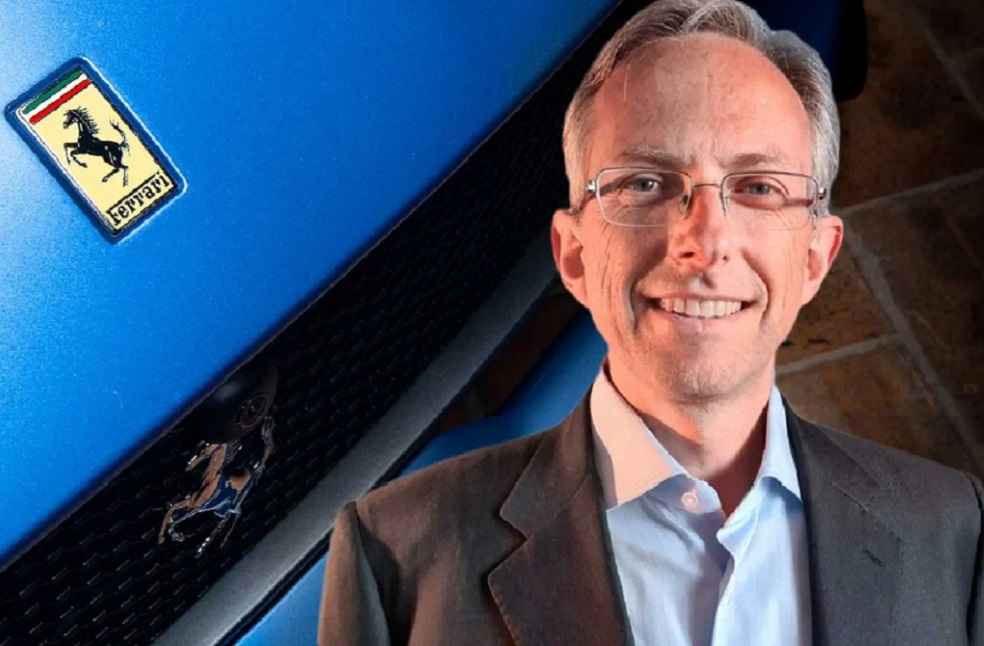Ferrari has switched off its trigeneration plant at the Maranello factory, advancing its transition towards renewable energy and reducing its methane gas consumption. Ferrari is taking major effort to work towards carbon neutrality by 2030.
The trigeneration plant, operational since 2009, generated electricity, heat, and cooling energy but was shut down three months earlier than scheduled. Ferrari aims to cut its annual Scope 1 and 2 CO2 emissions by 60% and reduce methane gas consumption by 70% by ending the use of this gas-fuelled plant, in line with the decarbonisation goals set in 2022.

Ferrari is boosting its renewable energy supply by doubling the capacity of its solar power systems, targeting 10 megawatts (MWp) by 2030 from the current 5 MWp. At present, renewable energy produced on-site and supplied through power purchase agreements (PPA) covers about 40% of the Maranello site’s energy needs, with the rest sourced from the grid through renewable providers.
To facilitate this transition, Ferrari has upgraded the electrical infrastructure at its Maranello facility, renovating the electrical substation and installing three new transformers, each with a capacity of 40 megavolt-amperes (MVA).
Ferrari’s total energy consumption in 2023 dropped by 4% compared to 2022, reflecting continuous improvements in energy efficiency and technology.

Benedetto Vigna, CEO of Ferrari, said, “Today, 30 September, is a historic date on Ferrari’s journey towards carbon neutrality by 2030: we have switched off our trigenerator. This means we will no longer use gas to produce electricity at this plant, but electricity from renewable sources.”
“This is another important milestone following the installation of our fuel cell plant, our new energy-efficient buildings, and the innovations for energy efficiency in our production processes. I am proud to work together with such a committed team on the path to carbon neutrality,” he added.
DON’T MISS | Scania Becomes World’s First Truck OEM to Reuse Components in Production





